If I say the name Edward Steichen, it’s unlikely to ring any bells. It’s possible, however, you will be more familiar with this haunting photograph, part of the seminal ‘Family Of Man’ photography exhibition he curated:
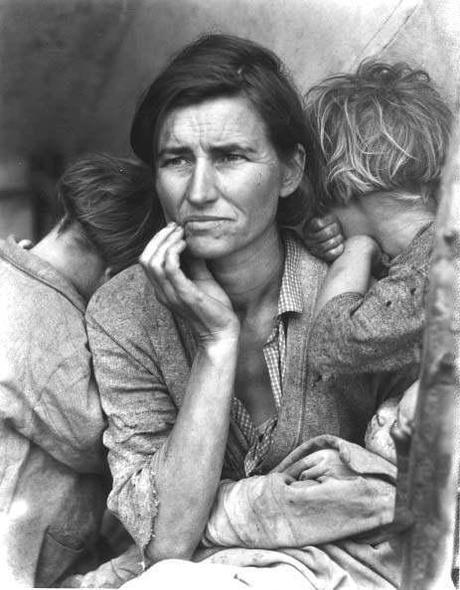
Image by Dorothea Lange
It’s from a set taken in 1936 by photographer Dorothea Lange, featuring California’s migrant farm labourers and has come to be known simply as ‘Migrant Mother’. The woman is Florence Owens Thompson, a destitute mother of seven; a ‘Pea Picker’ who was feeding her family on frozen vegetables from the surrounding fields (that’s from the ground folks, not the supermarket) and birds the children had killed. She was just 32. It breaks my heart every time I see this image and, while it’s hard to reconcile her pain and suffering as preferable to the vacuous botox-and boob-jobs ideal so prized by many women of her age today, nonetheless for me, she represents a far more compelling embodiment of femininity, strength and beauty; the ultimate female icon.
Steichen was a Luxembourgish émigré to the USA (born in Bivange) who rose to become a celebrated photographer, artist and later, curator at New York’s Museum of Modern Art (MOMA). He created the groundbreaking Family Of Man exhibition in 1955 as a ‘manifesto for peace’ in the midst of the Cold War. The exhibition contained some 500 original photographs by 273 artists from 68 countries, and included now-iconic images by the likes of Henri Cartier-Bresson and Robert Doisneau. It originally went on to tour museums around the globe, showing in 15o countries to over 10 million visitors, before settling on permanent display in Clervaux Castle here in Luxembourg during the 1990′s, at the behest of Steichen himself. In 2003, the collection was listed on the UNESCO Memory of the World register.
Having undergone an extensive, three-year restoration project to both the venue and photographs since 2010, the exhibition recently reopened in Clervaux Castle over the summer true to its original format from the MOMA. The renovated space is clean and neutral and the old structure of Clervaux Castle is suitably atmospheric, with elements that are, by turns, quite imposing and almost monastic, to more enclosed spaces in the gables with exposed wooden beams that lend a warmth and intimacy to the work. It’s a fitting setting for an exhibition that leads the visitor on a journey of such emotional responses and the narratives are as compelling, relevant and powerful today as in 1955. If you get through without being moved to shed a tear, smile or simply appreciate the sheer force of the human spirit, then you are a very cold fish indeed. Taken in today’s context of such turbulent times, where the machinery of the elite serves only to repress, depress and divide us with fear porn that continually highlights our differences and destructive tendencies, this body of work remains important. While it never shies away from any of these negative outcomes, the over-riding message is an empowering celebration of humanity and peace, and you really ought to see it at least once.
I love this image by Toni Frissel simply for its innocence and beautiful composition:
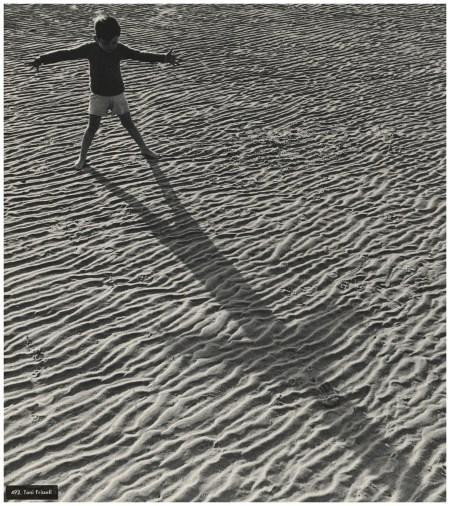
Image by Toni Frissel
Even when a picture speaks volumes with a standalone narrative, the story behind it is often so much more fascinating. Here’s another mesmerising photo that belies the female subject’s indomitable strength; a Dutch refugee to the USA who was starved and orphaned by the Nazis and then went on to raise this baby and three other children single-handedly (and a host of stray cats) while working full-time, after divorcing their father and author of the image: photographer Elliot Erwitt. The baby’s now grown-up sibling, Misha Erwitt (also a successful photographer) speaks movingly of his mother Lucienne Matthews in this New York Times Article here.
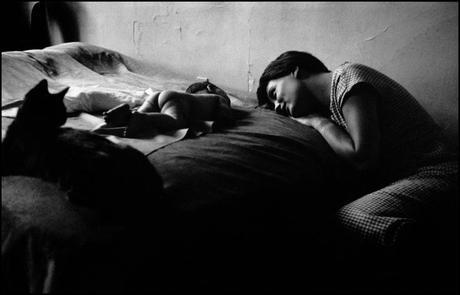
Image by Elliot Irwitt
Harry Lapow’s ‘Wedding on the Beach’ is so warm and full of joy and is taken from a series of photographs he shot around Coney Island:
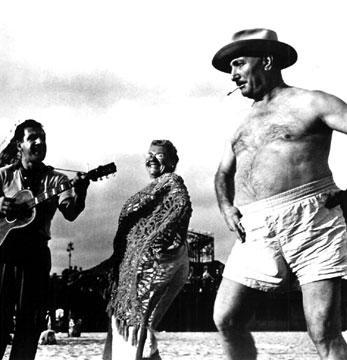
Image by Harry Lapow ‘Wedding on the Beach’
What’s interesting is Lapow actually came late to his art; only taking up photography as an amateur after being given a camera as a birthday gift at the age of 43. His full time job was actually a Packaging Designer, which he continued to do right up to retirement. I think this shows that passion and an eye for art can manifest at any age and perhaps sometimes only really begins to blossom and make sense after we’ve negotiated a few of life’s slings and arrows of our own.
Which brings me rather neatly on to some rising photography talents of today, and specifically to focus on Luxembourg’s burgeoning street photography scene. I’m not even sure how I stumbled across Paul’s Bintner’s work earlier this year but it seemed to coincide with my own growing interest with the photographic aspects of blogging. I’m not particularly good at it, but i’m getting better and I really enjoy it, despite my camera only being of the ‘point and shoot’ variety. I tend to stick to inanimate objects such as buildings and landscapes, primarily because they are easier to shoot, so I have the utmost respect for street photographers who choose to make people the focus of their art because it’s so damn hard to capture real, live moving humans in any meaningful way. They tend to get self-conscious and awkward, or turn away if they think they’re being photographed, and you feel kind of awkward yourself in the process.
It’s a subject close to Paul’s heart. At 34 he has a ‘day job’ as an IT specialist for a bank (and Dad of two) but started photography back in 2005, working mostly in studios. His passion has always been to photograph people, but the studio environment wasn’t really working for him, so he took a break and instead began absorbing everything he could about street photography; from the great masters such as Henri Cartier-Bresson and Robert Doisneau to contemporary talents such as Eric Kim and Matt Stuart. Inspired to document his hometown in an “artistic way”, Paul began shooting subjects on the streets of Luxembourg late last year, but admits it wasn’t easy given the public’s natural dislike of having a camera pointed in their face. Undeterred, he has persevered to shoot daily through wind, snow and rain and in February founded Street Photography Luxembourg Creative to connect and showcase with other talented photographers such as Dirk Mevis, Veronique Fixmer and Christophe Van Biesen.
When I asked Paul what inspires him and his fellow street photographers to do what they do he cited a recent exhibition at a local museum that showed old pictures from shops in Luxembourg from the last century. “I was so caught by these pictures, to see how the streets looked, like, 60-80 years ago. These pictures are, in fact, street photography. And thats exactly what we are doing. We are documenting the street life from now, and in 50 or 60 years people will say: wow the streets of luxembourg looked really cool at that time!”.
It’s a fledgling scene here right now, but an exciting one that would surely make Edward Steichen proud. These folks aren’t simply creating great art, they are holding a mirror up to society and creating an invaluable and important record for posterity; a literal snapshot of our times. So if you get caught being photographed in Luxembourg by a complete stranger, think twice before you frown and walk away because you may find yourself the star subject of an iconic image.
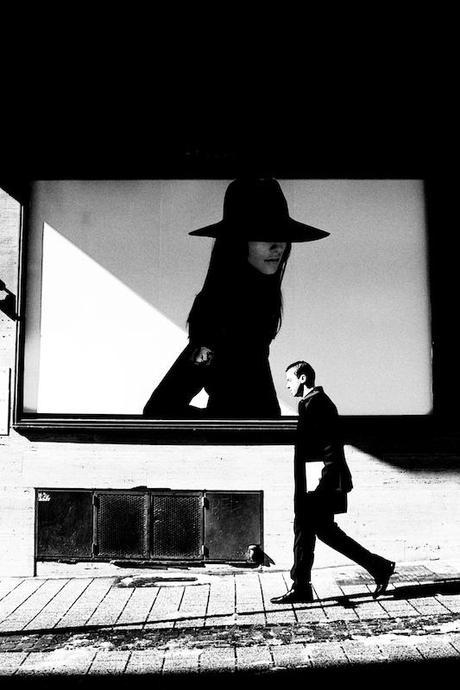
Image by Paul Bintner
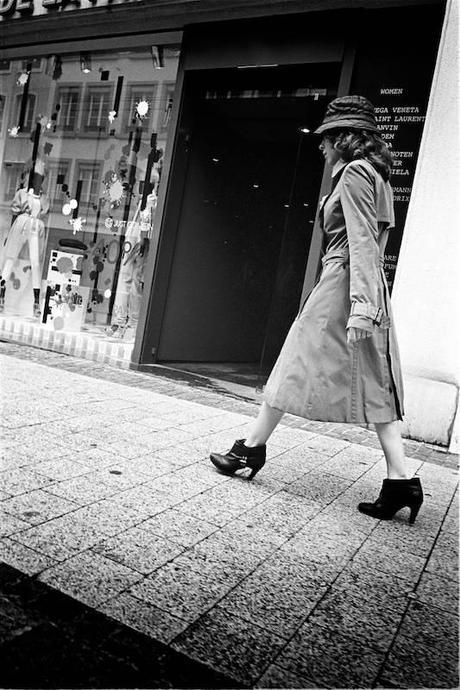
Image by Paul Bintner
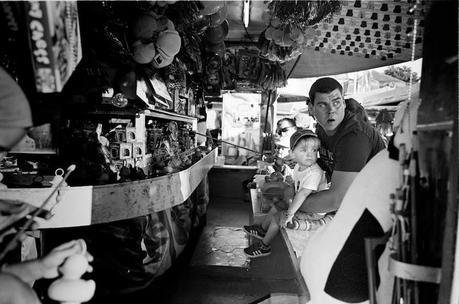
Image by Paul Bintner
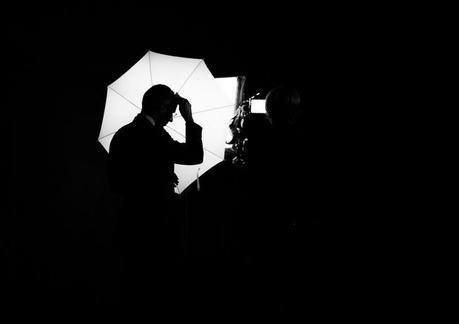
Image by Paul Bintner
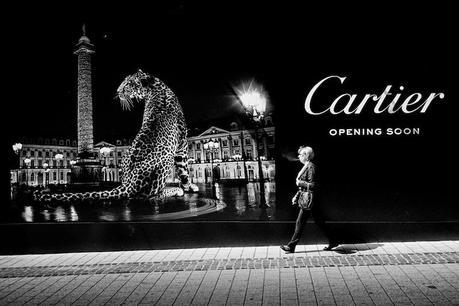
Image by Paul Bintner
You can find more of Paul’s work on his website: ‘Off The Main Track‘ and follow his Facebook page here
The Family of Man Exhibition is housed in Clervaux Castle. Click here for details.
